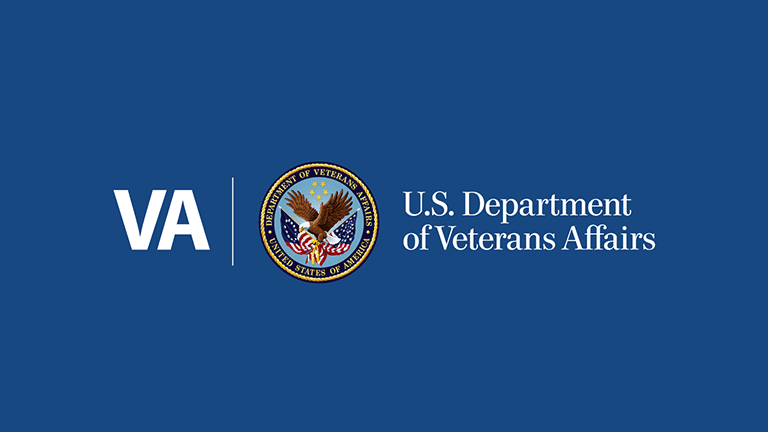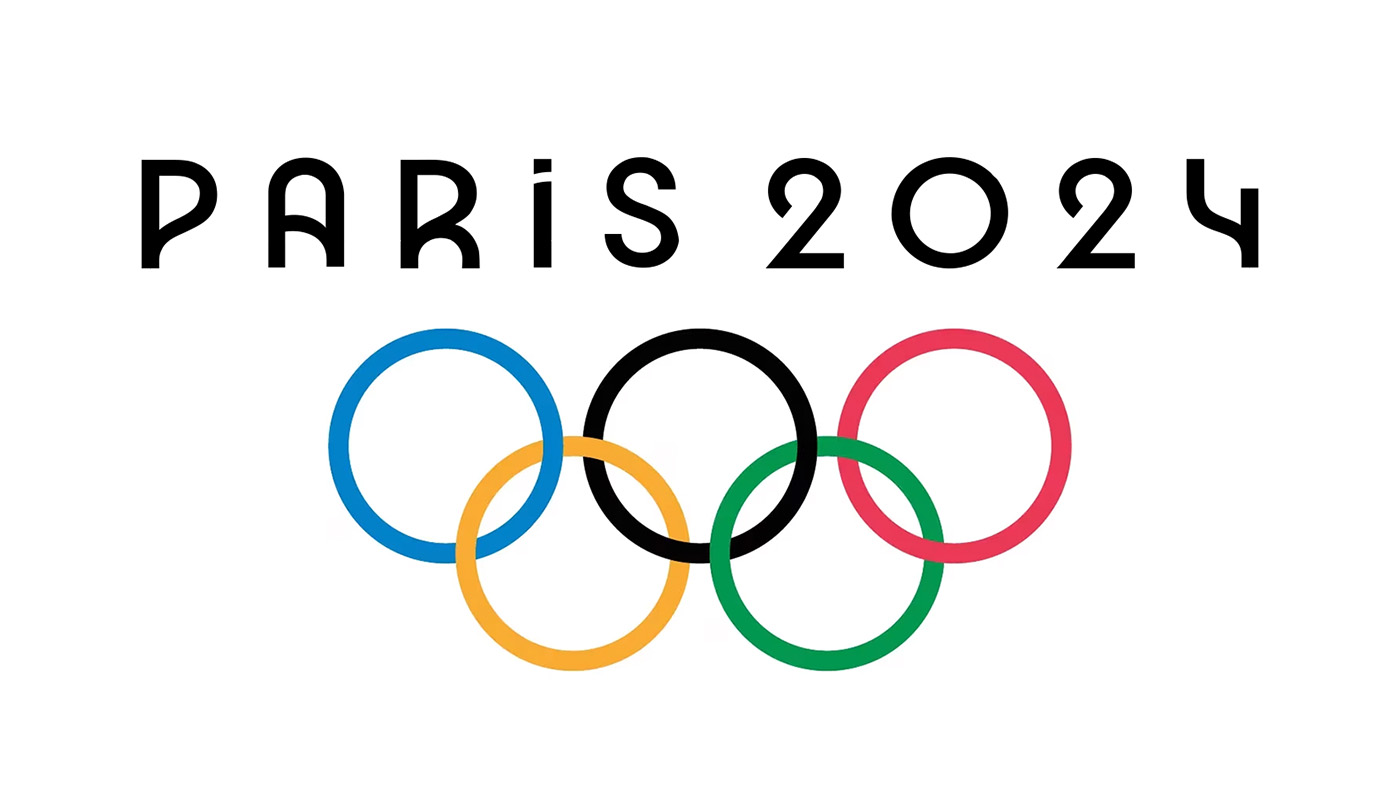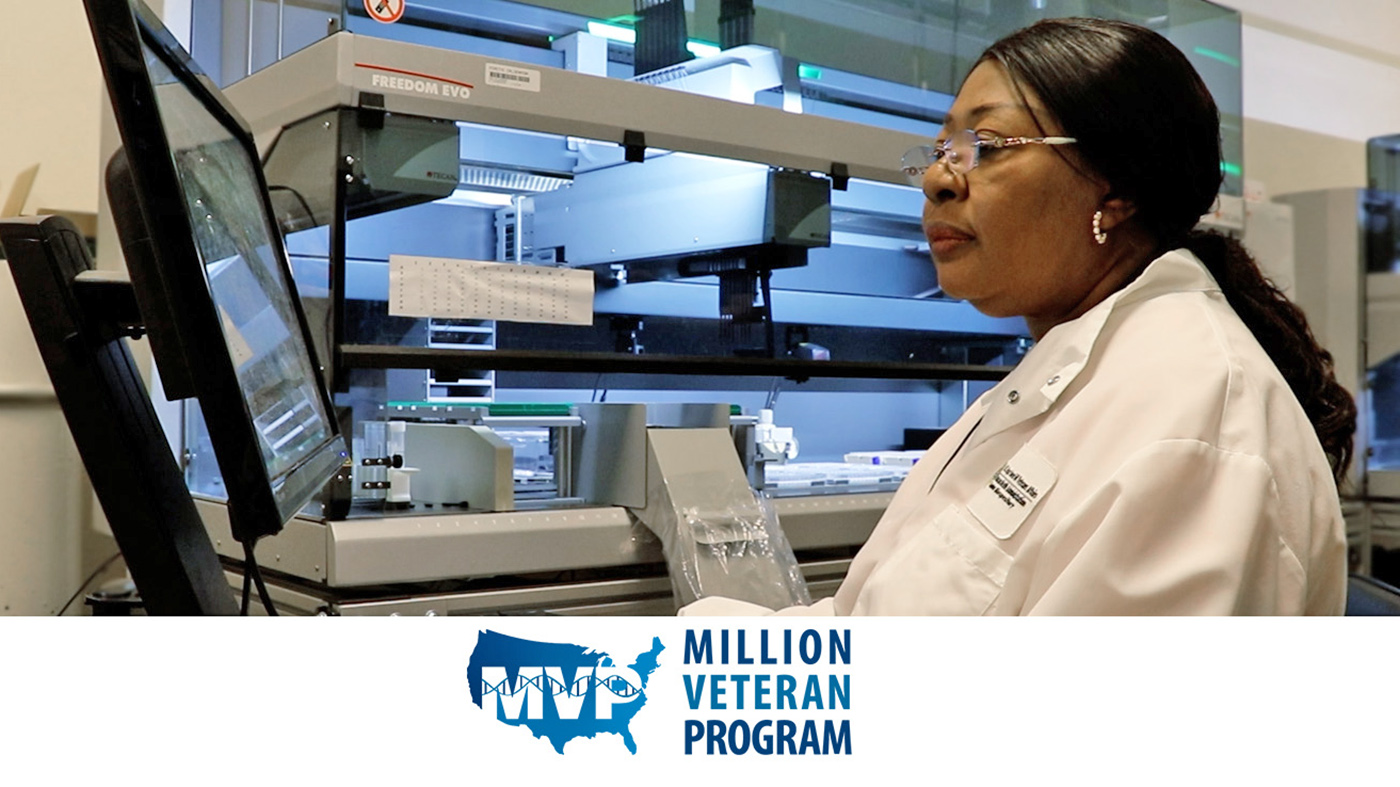In a post earlier this week, I mentioned how warfare spurs advances in medicine and technology. The development of prosthetics points to this theory; wooden, metal and leather limbs resulted from battlefield trauma in the Civil War. Now that we’ve been at war in Afghanistan for ten years, major strides in prosthetic technology have been made.
At the Raymond G. Murphy VA Medical Center in Albuquerque, a Veteran took his first steps on the Powerfoot Biom prosthetic device:
“This is just gonna be a life-changing deal here,” Goodwin said after taking his first steps in a hallway at Albuquerque’s VA Hospital.
Within minutes, Goodwin was walking rapidly and even climbing steps while technicians fine-tuned the calibrations on an Android phone. Pretty soon Goodwin was outside, hiking up a hill that he said he would have avoided with his old prosthesis.
The Powerfoot Biom has a promising future for Veterans who have been waiting for a prosthetic foot upgrade, as well as folks injured in Iraq and Afghanistan. The growing problem of anti-personnel IEDs in Afghanistan has resulted in a disturbing trend of foot and leg amputations. Fortunately, technology has caught up with some horrific battlefield injuries. We’ve come a long way since boys in blue and gray with peg legs.
Photo courtesy of technologyreview.com
Topics in this story
More Stories
Seven U.S. Army soldiers, one Army Reserve soldier and two Veterans are representing Team USA at the 2024 Olympic Games in Paris, which begins today.
The findings of this new MVP study underscore the importance and positive impact of diverse representation in genetic research, paving the way for significant advances in health care tailored to Veteran population-specific needs.
VA reduces complexity for Veterans, beneficiaries, and caregivers signing in to VA.gov, VA’s official mobile app, and other VA online services while continuing to secure Veteran data.








Reference to…
…If you’re thinking about other people……
My first steps were from Ward K in Philadelphia Naval Hospital in May 1967 to PT. When I got there for my first lesson, a squid, a First Class who made prosthetics, shoved me down and said the first “lesson” was getting up.
I left and never got gait trainning. I thought “our guys” the people who took care of us should have had some “heart”. At least, they could explain stuff. But, for my personal experience, that was not the case.
The Naval Medical Corps was trained to ignore the patient. I was meat.
How different now…..as our Heros return…..to ground laid by us old guys.
Naval History should record the lives in the Amputee Wards in Philadelphia or Valley Forge in the 60’s during Nam. It is extremly different for the new guys.
John Kelley USMC Medically Retired
This is an example of why the Veteran’s Medical Service if the best in the world. It has traveled a significant and sometime difficult path from the limited Disabled Veteran’s only service of the 1980’s to an almost all inclusive Veteran’s medical service we have today.
I have found that Veteran’s Medical Service today provides the best medical service available and the medical providers are expert diagnosticians that has supplanted all other services.
Through a partnership with Medical School and other first-class medical centers it has evolved into the best available anywhere in the world.
As we remember those who gave the ultimate sacrifice and those that have been maimed , or traumatized by the horrors of war, we must thank those who provide us rehabilitative and other medical services.
We must all remember that the “Price of Freedom is not Free”. To verify that all we have to do is visit a veteran’s medical facility or military cemetery.
Thank you to all who have served without regard to their own life and provided the greatest service a person can provide. Special gratitude to the non-Citizens of the US who have proudly served and subjected themselves to the harm of war.